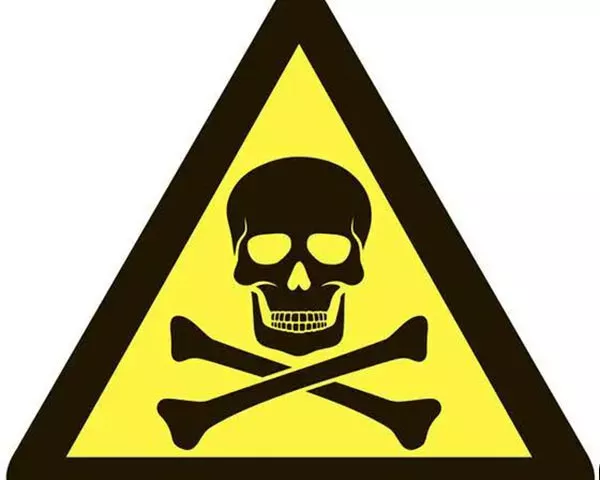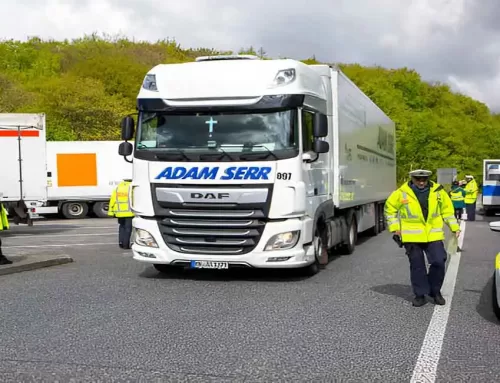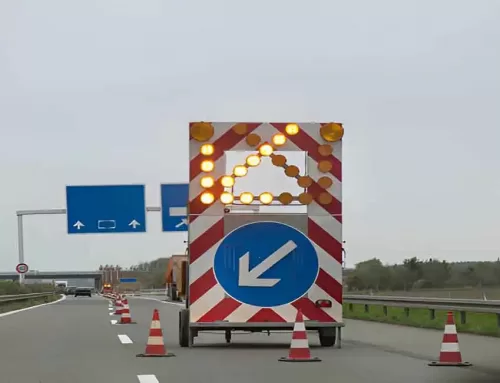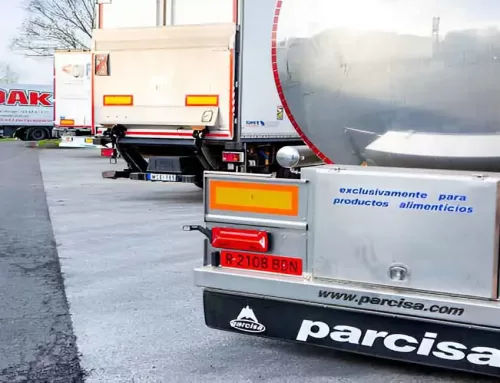Where Should You Use a Safety Sign?

A sign is an effective means of conveying a specific message, and the best health and safety systems use a full set of signs to instruct workers in situations where they could become injured or killed. A sign indicating that a room is hazardous may be accompanied by an instruction to wear a gas mask. This complete set of signs is more effective than just one warning symbol. But where should you use a safety sign?
Caution signs
A caution sign is used to warn emergency responders that there is a potential danger. It combines multiple regulatory requirements, such as the NFPA 704 Hazardous Materials Standard, the authorization of biohazardous and radioactive materials, entry requirements, food and drink prohibitions, and contact information for lab personnel. The sign is updated by MyChem or by personnel. There are two types of caution signs: general and specific.
Safety signs are not always visible from a normal vantage point. Signs too close to a hazard are unlikely to be noticed by workers. On the other hand, a sign too far from a hazard can fail to warn workers. Additionally, many signs are confusing and use technical jargon. The effectiveness of a warning sign depends on how well the viewers understand what is being said. This is why it is vital for businesses to make sure that they have enough warning signs at all times.
Notice signs
The importance of notice signs for workplace safety cannot be stressed enough. These signs serve as a warning for workers, so they should be aware of any hazards and how to react in case of an emergency. However, the design of a notice sign should match the nature of the work place. Some signs are general in nature, and are not customized to fit the needs of a specific work area. However, a few modifications can be made to fit the needs of a specific workplace.
Some types of notice signs provide detailed information about a particular issue or situation. A biohazard sign warns people about harmful substances, such as animal fluids, in a workplace. A similar sign warns workers of a high voltage area, which could cause an electric shock. These signs are also common in workplaces where animal fluids are used. Regardless of their type, a proper notice sign will keep workers and the public safe.
Danger signs OSHA requires businesses to post warning signs in areas where workers could be in danger. They must be red and black, with the word ‘DANGER’ in white lettering on a red oval. OSHA states that employees should heed these signs and exercise extreme caution in these dangerous areas. For example, in a factory, if a person works with hazardous chemicals or electricity, they should immediately put on a warning sign to warn them of the hazards in the area.
ANSI Z535 standards
ANSI Z535 safety signs are used in many industries. They are important for several reasons. For one, they help protect the public, including children, recent immigrants, and factory workers. ANSI Z535 also helps prevent injury, and it is estimated that over $100 billion is spent each year on injuries that occur offsite. The most common and costly injuries are not always immediate; they can be delayed and involve birth defects, asphyxiation, or toxic gas.
OSHA also requires that a facility post ANSI-approved safety signs. The older standards have been phased out, but updating your safety signs is a good idea, because you can gradually transition to the updated standards. The ANSI Z535 series is updated every five years. In 2017, ANSI updated the safety color standards and presented four major categories. In order to avoid any misunderstanding, always follow the guidelines for your workplace.
Proper placement of safety signs
While proper signage is an important part of workplace safety, it is also vital to avoid placing a sign too close to a hazard. This can make it difficult for employees to assess the risk and act accordingly. Proper placement of safety signs should be within easy viewing distance of employees. Signs that hang too high or in poor lighting are ineffective. Instead, place them at eye-level to maximize their effectiveness.
In addition to being easily read, safety signs should be placed in high-risk areas, such as near exits, doors, windows, and machinery. Outdoor signs should be placed at least 18″ above the ground. For safety-related reasons, outdoor signs should be placed on high-risk areas as well. Proper signage placement also includes ensuring that workers can escape safely. And remember that signs should never fade into the background.





